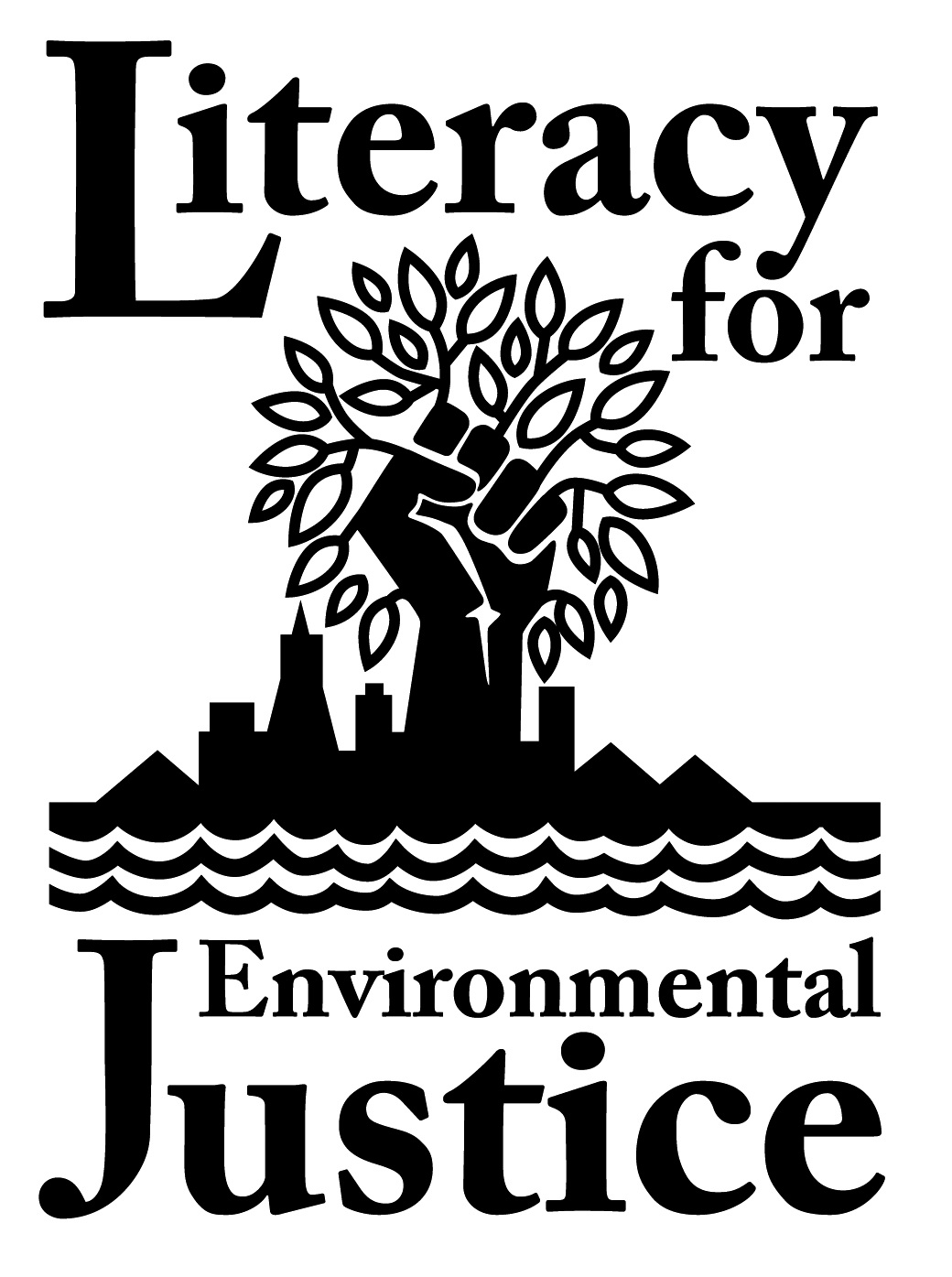On August 17, Literacy for Environmental Justice will be holding our first Annual Volunteer Appreciation event.
Please join us from 11am-1pm to honor all the “helping hands” who keep the native plant nursery and the park in great shape. For more information or to RSVP, please contact Nicole at nicole.mcclain@lejyouth.org.
~~~~~~~~~~~~~~~~
Alex Roberts is one of our most enthusiastic and dedicated volunteers at the Candlestick Point Native Plant Nursery. Alex chatted with LEJ about his volunteer work, land restoration, and staying hopeful for the future.
1) Can you share a bit about your background and where you’re from?
I grew up primarily in San Francisco by Presidio and have always had access to that park which has been amazing. I’ve had a bit of a winding road coming back to the west coast and working in natural resources. I spent time on the east coast for high school in which environmental stewardship and community service were pillars of the curriculum. Community service was incorporated into the weekly class schedule and was required in some format for every student. I ended up studying business admin in college, in Colorado, and it was only when I had gotten back to San Francisco and was working in a bank that I had an existential crisis and had to make a change. The Presidio at the time had just started their restoration of the El Polin Watershed and having seen the restoration of Crissy Field take place I thought that this would be fun to join. Volunteering led to an internship, which led to a contract, and then a full-time job with the forestry department.
2) Your path from the banking industry to forestry is inspirational and unique. Do you have advice for other people who are thinking of changing industries and moving into something environmentally focused?
If you’re not happy with what you’re doing make a change, sometimes figuring out what you don’t want to do can be just as valuable as knowing what you want to do. Also its never too late to change, you’ll thank yourself for making the leap.
3) What do you wish more people understood about land restoration?
People seem to have this idea that there is a “wild” where nature happens. It isn’t out there somewhere. It is everywhere, and treating where we live as such is very important. Even if it’s a small backyard or a street median, the value of restoration is great and needs to happen in the here and now.
4) How did you get involved with LEJ? And how long have you been volunteering with LEJ?
I started volunteering at LEJ when my housemate Alyssa was working there and told me about their volunteer program. Always good to see what other people are doing by showing up and helping out on the ground.
5) What have you enjoyed most about volunteering?
It’s great being able to be a part of the restoration of this area of San Francisco, being able to have a hand in helping restore habitat in the place I grew up in is amazing. It is also nice to be a part of a community of like-minded individuals.
6) Why do you think it is important for folks to be engaged in this type of volunteer activity?
I think it’s important for people to support what they believe in, so any volunteer activity is great. Volunteering at LEJ, in particular, helps to directly address one of the biggest challenges we face in climate change.
7) Do you have advice for new volunteers?
Hurry up and make mistakes and keep asking questions!
8) This can be a challenging time for folks who work or volunteer in land restoration, environmental justice, and/or climate change. What makes you most hopeful for the future?
These things have a habit of happening slowly then all at once, its compound interest. Often mistakenly attributed to Einstein, compound interest has been described as the most powerful force in the world. The beginning of the growth curve takes quite a while, but at some point, it hits the flash point, and suddenly you see exponential growth. Through meeting other people in this field, you see just how many amazing people are working towards this goal. While individually, it might look like not much progress is being made, it is the incremental growth of many people that is inching towards that flash point. As we keep building upon our progress, it compounds. The key is to keep moving forward no matter how slowly because the growth builds on the growth. LEJ and places like it provide an environment in which this growth can take place on so many levels – youth education, environmental equity, environmental restoration, urban ecology, etc. So really, it’s knowing that it’s the small things that end up making big differences and having places like LEJ that makes me hopeful.
